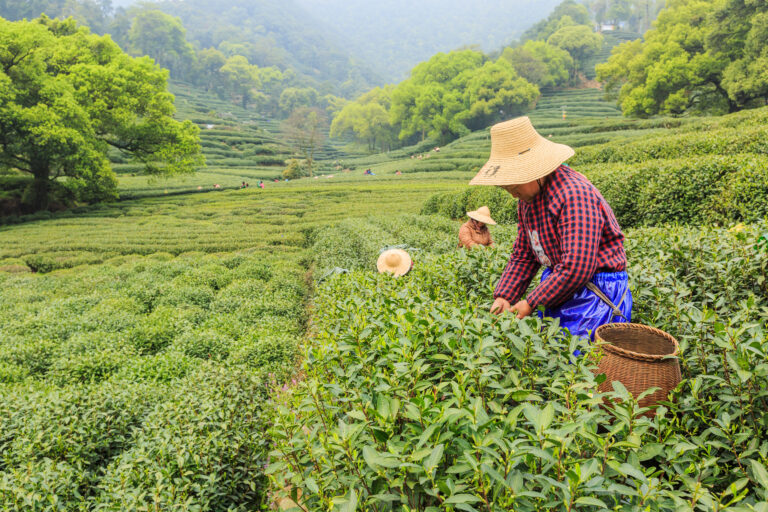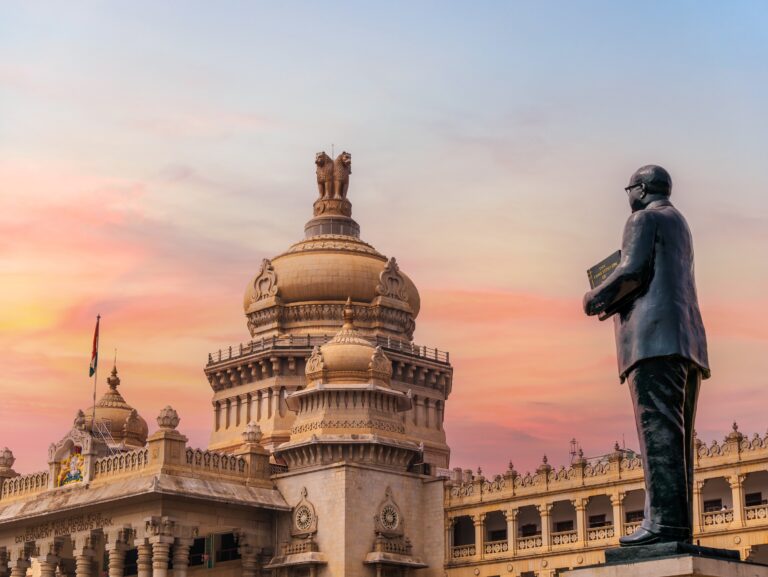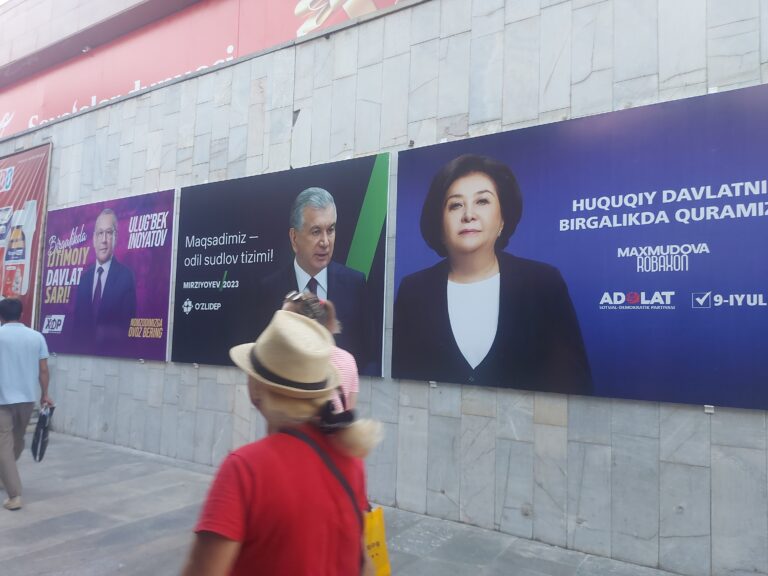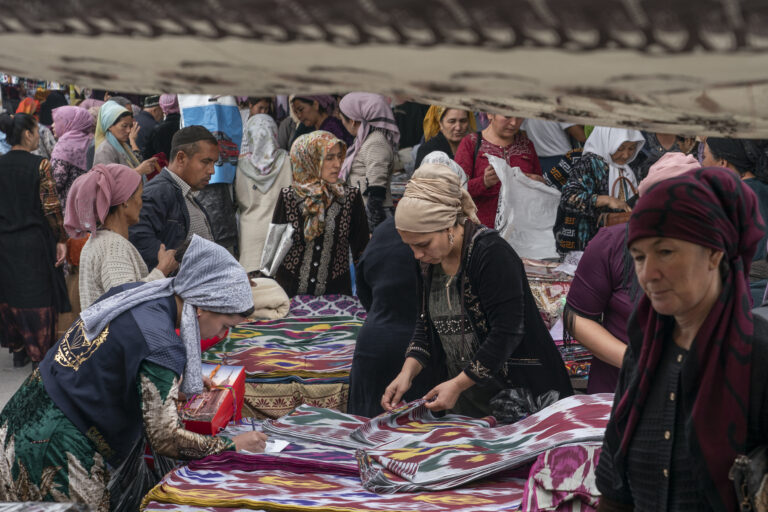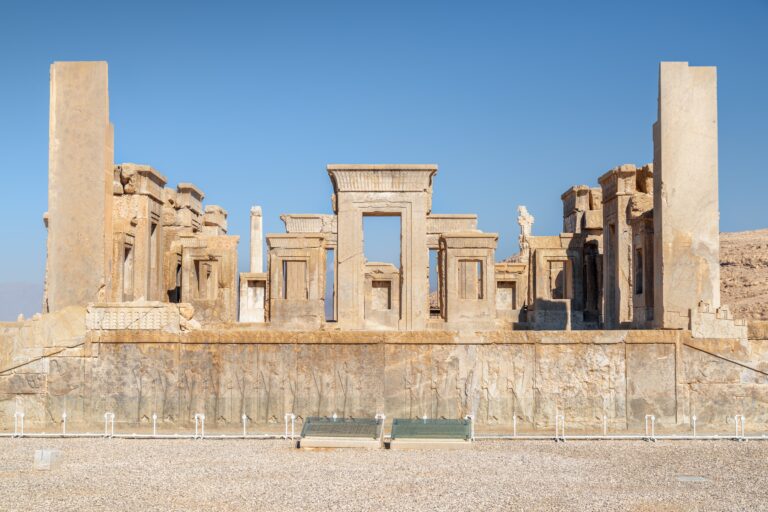Returning to Sri Lanka Through a Travel Memoir
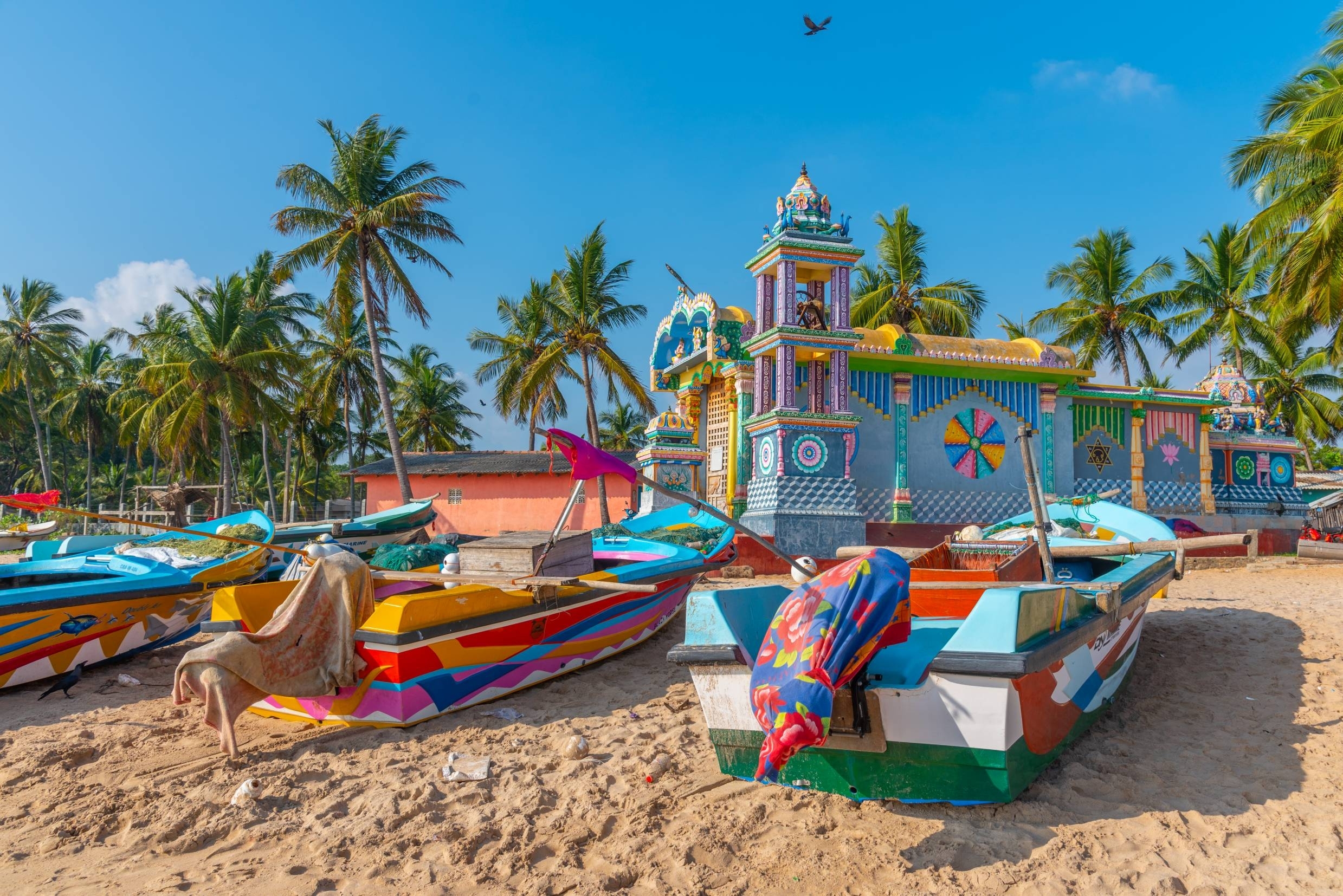
Razeen Sally is the author of Return to Sri Lanka: Travels in a Paradoxical Island. He taught international political economy and international trade first at the LSE and then at the NUS.
I am “half-half”, the firstborn of an Anglo-Welsh mother and Sri Lankan-Muslim father. They met on a ship in 1955; my mother came to Ceylon (as the country was called until 1972) to get married in 1961. My childhood was set in 1970s’ Colombo and its suburb of Mount Lavinia, where my father ran the Mount Lavinia Hotel, one of Asia’s legendary colonial hotels. It was a turbulent time, much of which my father spent in remand and jail.
We left for the UK in 1977, when I was almost thirteen. I went back infrequently over the next three decades; Sri Lanka receded from my mind. In those years the country changed, mostly for the worse. The murder of thirteen soldiers, and retaliatory riots against Tamils in Colombo, both in “Black July” 1983, started a civil war that ended with the Sri Lankan army’s total, blood-drenched victory over the Tamil Tigers in May 2009. Colombo grew tattier. Army checkpoints and barbed wire popped up everywhere. Bombs went off.
On my first trip back in 2006, a few years after my father died, I realised a book project would be the most thorough way of getting reacquainted with Sri Lanka. I knew I did not want to write the kind of academic or policy book I had written before. I wanted to write about Sri Lanka differently, as a writer, not as a professor or policy wonk.
What emerged was a travel memoir. The “memoir” is my personal story: childhood, absence and return. The “travel” is the journeys I did, mostly long road trips criss-crossing the island. Classic travel books use the medium of the journey to capture something bigger and transcendent, a spirit of time and place. So, I used my memoir and journeys to address the big, broad themes of Sri Lanka’s history, culture, religions and current affairs, and to capture, as best I could, the spirit of Sri Lanka in the decade-and-a-half after the end of its civil war.
In Colombo, after the war, security checkpoints and barbed wire disappeared, and life returned to peacetime normality. Streets were cleaned, roads carpeted, public buildings freshly painted, slums cleared and mega-projects drawn up. A Chinese-built Port City arose on 270 hectares of reclaimed land from the sea. Luxury condos, malls and hotels of shimmering glass now tower over what was a very low skyline. On lakefront land, a “Lotus Tower” – also Chinese-built – dwarfs everything else in the city like Gulliver in Lilliput.
My hometown is not what it used to be. There is less inter-ethnic mixing. People are more opportunistic and sharp-elbowed, grabbing what they can, imitating the greed of the elites. Still, for all its expansion since the late 1970s, Colombo retains a small-town vibe. It looks and feels spacious compared with other Third World cities. People still promenade languidly on Galle Face Green during an Indian Ocean sunset. Timekeeping is as casual as it always was: punctuality passes by default. The city is still a multi-ethnic, religious and linguistic hotchpotch; what vigour it has would be much diminished without it. But this mix can also be a tinderbox, which ignited when Sinhalese rioters turned into a feral mob in July 1983. And when Islamist suicide bombers blew up churches and hotels on Easter Sunday 2019.
My road trips out of Colombo covered tens of thousands of miles. I drove around nearly all of Sri Lanka’s coastline. I retraced the paths of Buddhist sages, Sinhala kings and Tamil invaders among the ruined temples, palaces and statues of Rajarata, the “Land of Kings” in the north-central part of the island, and walked all over the tea-carpeted hills of Kandy, Nuwara Eliya, Bogowantalawa and Uva. In a sea of pilgrims, I climbed Adam’s Peak, Sri Lanka’s holiest mountain, to see the sunrise. In Colombo and on the road, I had hundreds of encounters and conversations. For nearly four years, from 2015 to late 2018, I had a ringside seat as a policy adviser to the Prime Minister and Minister of Finance, watching Sri Lanka’s disastrous politicians miss another opportunity for national renewal.
Most poignantly, I discovered a special love for the island’s back-of-beyond places in all their stunning, wondrous variety of people, fauna, landscapes and coastlines. I cannot think of anywhere else of comparable size that rivals Sri Lanka in this regard. These are places of space and fresh air, calm and silence, peace and contentment.
On my road trips in the war-scarred north and east, I saw a gradual return to peacetime normality. The densely packed Muslim towns on the coastal strip south of Batticaloa heaved with commerce. Jaffna, the capital of the Tamil heartland in the north, underwent a mini boom. The main roads were new and smooth, as they are elsewhere in the island. Railway connections had been restored. War refugees were resettled in donor-built housing, and electrification had reached remote villages. But the psychological scars of war will take longest to heal, if they ever do.
The more I travelled, the stronger my impression became of Sri Lanka’s essentially paradoxical nature, a smallish country layered in baffling complexity, a light-and-dark, heaven-and-hell country convulsed and consumed by its own extremes. But I also discovered this was not new.
Sri Lanka’s story is blood-spattered, from royal massacres in the ancient Sinhala kingdoms, punctuated by frequent South Indian invasions; to Western colonisation, in particular the orgiastic violence of Portuguese conquistadors, to the post-independence present. Yet ethnic mixing and religious tolerance, indeed syncretism, have been a great feature of this history. Sinhala kings had South Indian consorts, imported Tamil Brahmins, mercenaries and craftsmen, and incorporated Hindu rituals into their Buddhist practice. To this day, Hindu and Mahayana influences suffuse Theravada Buddhist devotion on open display in temples all over the island.
Then there is the multicultural cocktail that comes from an age-old maritime trading heritage. Sri Lanka, halfway between the ancient trading hubs of the Arabian (or Persian) Gulf and the Southeast Asian archipelagos, was once the Clapham Junction of Indian Ocean trade; and trade brought migrations, particularly of Arab and Tamil merchants. But this extraordinary cultural hybridity did not go unchallenged. Sinhala nationalism was hitched to a Buddhist revival in the twentieth century, which, after independence, led to a political programme that became supremacist, chauvinist and racist.
But bigotry is not exclusive to Sinhala Buddhism. Elite Christians displayed it in colonial times; Burghers claiming Dutch ancestry were notorious for it. It finds its echo in the caste-riven, self-isolating Hinduism of the Jaffna peninsula. More recently, another echo comes from a fundamentalist minority in the Muslim community.
My first post-COVID visit to Sri Lanka, in May 2022, occurred in the third month of its worst economic crisis since the depression of the 1930s. Everything seemed to unravel. The rupee crashed, triggering the government’s default on its foreign debt. Inflation soared; food and fuel shortages and power cuts became acute. Tourists disappeared. Spontaneous protests first toppled the Prime Minister (and former President) Mahinda Rajapaksa, and then his brother, President Gotabhaya Rajapaksa. The latter had won the presidential election in late 2019 decisively. Then came the pandemic, and soon after that the economic crisis.
Sri Lankans celebrated the end of more than a decade-and-a-half of Rajapaksa dominance, characterised by authoritarian politics, unprecedented nepotism, grand larceny and degraded public institutions, in addition to stupefying policy blunders that led directly to the economic crisis. But ordinary people suffered acutely as the economy shrank. Middle-class professionals fled for jobs abroad, accelerating the country’s brain drain.
A semblance of stability and a slow, tentative recovery followed over the next two years; an IMF programme set the trajectory for economic policy. Then, in late 2024, Sri Lankans voted for the biggest political rupture since independence, electing Anura Kumara Dissanayake, the leader of the Janatha Vimukthi Perumana (JVP), as President, and his JVP/NPP (National People’s Power) coalition to a massive majority in parliament. Until the 1990s, the JVP had preached Marxist revolution and had twice tried to overthrow the government violently.
In its first year, this government seems to be serious about tackling corruption and has governed pragmatically, not deviating from the IMF programme. Tourism has returned to pre-COVID levels. But the brain drain continues apace. The recovery remains fragile and could easily be reversed. Without reforms going beyond the IMF programme, Sri Lanka will alternate between drift and stagnation, on the one hand, and relapse into economic crisis and populist politics, on the other, but never really take off.
For all its dark sides, I discovered how Sri Lanka, after a long post-childhood absence, pulled me back and drew me in. I discovered my love for it, warts and all. My journeys to myriad back-of-beyond places continue to awe-inspire me with their unique natural cornucopia. And I keep encountering some of those Sri Lankans, with their spontaneous grace, warmth and hospitality, who show the country’s better human face.
The opinions expressed are those of the contributor, not necessarily of the RSAA.
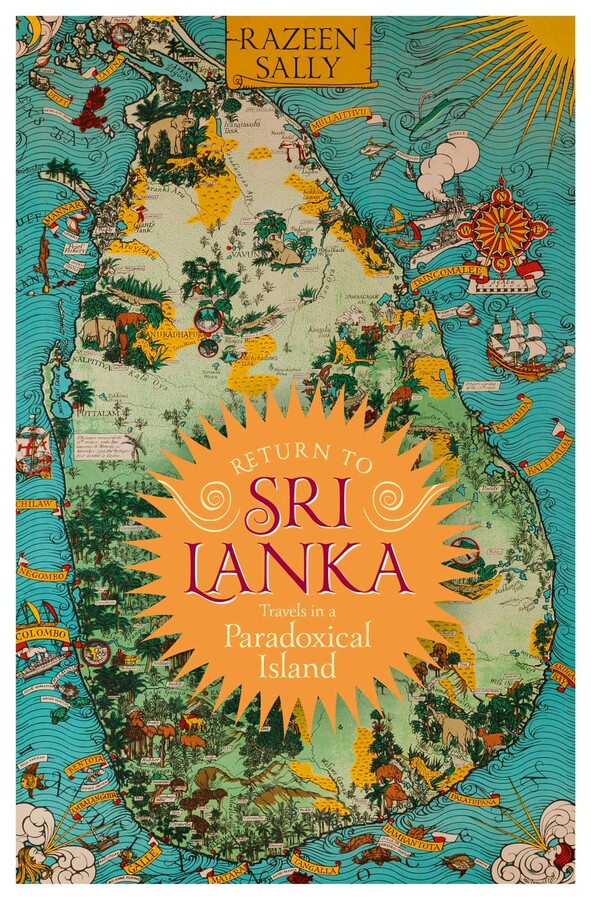
Return to Sri Lanka: Travels in a Paradoxical Island
A blend of travel writing, memoir, history and current affairs that tells the story of Sri Lanka. A perfect read for first-time visitors, Sri Lankans abroad or at home, or anyone looking to deepen their understanding of one of the world’s most fascinating and paradoxical countries.


